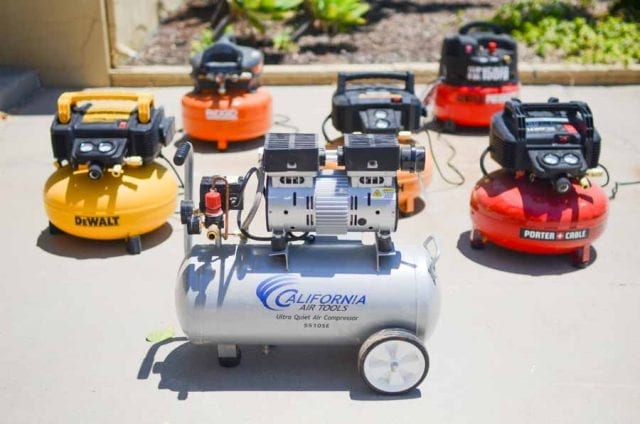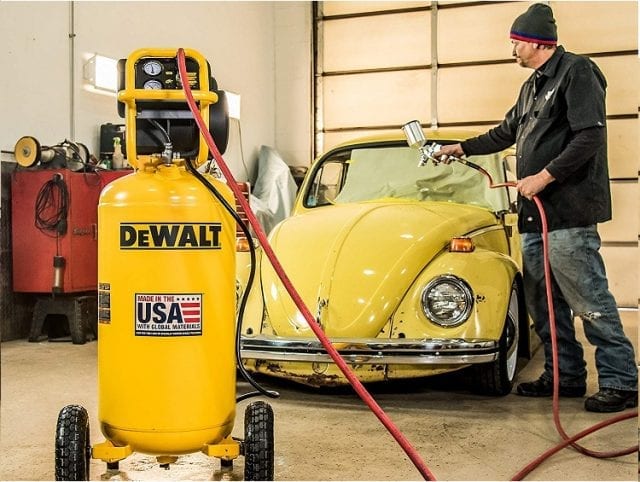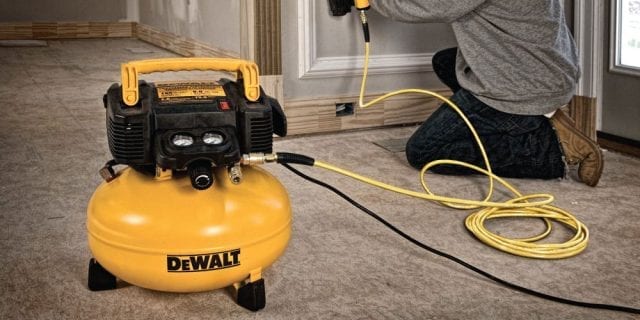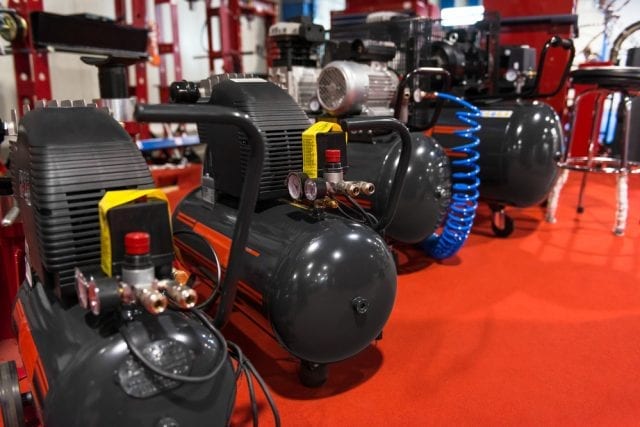
To buy an air compressor, it is necessary to know the system and its characteristics. There are so many different models in the market, like Dorin compressors, that make the purchase choice difficult. In order to facilitate the process, here are some of the most important criteria to consider:
- Power
- Industrial or domestic use
- Other equipment
- Tank capacity
- Flow rate
- Accessories
- Mobility
Power
When choosing an air compressor, one of the most important factors to consider is the power of the compressor. Manual or portable compressors usually have low power, around 2 CV. It may seem low power, but it will be enough for a domestic job. The 4 CV compressors, on the other side, are ideal for any job. They are quite powerful for domestic needs and also for many professional activities. They are heavier, but usually, incorporate wheels. The compressors with more than 4 CV of power are mainly destined for industrial use, like for cutting metals or for heavy building works.
Industrial or domestic use

The smaller air compressors are designed for the home, while the portable models are designed to be transported in the trunk of the car. They are perfect in the case of an emergency on the road and to keep the tire air level of a car, motorcycle or bicycle stable. These models are usually less powerful and cheaper. For an industrial environment, more powerful models are needed. These can be used to connect them to drills or pneumatic hammers. This equipment is, of course, more durable and expensive.
Other equipment
Air compressors, like Dorin compressors, usually work in combination with other equipment. To connect the equipment to the compressor, it is necessary to have the appropriate connections. This is a point not to be overlooked when buying a compressor. First of all, you should consider the type of electrical connections that the machine present. Cables, hose, diameter are all factors to take into account in this case.
Tank capacity

The capacity of the tank is one of the most important technical characteristics of an air compressor. The air volume that can accumulate directly influences the power and will determine the use of the machine. Smaller or manual models do not have tanks, so their use will be very limited, for example, to inflate the wheels. Industrial and professional models have tanks with capacities ranging from 4 to 8 liters. These, of course, are designed for more continuous and demanding use. A compressor should always be chosen based on its use and the number of tools you plan to use simultaneously.
Flow rate
The flow rate is another fundamental aspect of an air compressor, like in the case of Dorin compressors. The flow rate and pressure of the compressed air are the factors that will decide the use that can be given to the machine. Each model, in fact, guarantees a different flow rate and pressure. It is therefore important to know the total consumption of air that is needed for a certain activity. As a general rule, for each horsepower of the compressor, it is possible to obtain a flow rate of 100 liters of air per minute. We advise you to calmly analyze your needs since it is a pity to choose a model that does not offer the right performance for your projects.
Accessories

Some manual compressors have lights and LCD screens; these models are ideal for home use. Compact systems usually include batteries or roll-up cables. Air filters are one of the most important parts of compressors. These filters must be cleaned periodically in order to avoid breakdowns. Some models have lubricant-free engines, however, for normal models, it is required to change the oil regularly. Finally, the pipes must be of a suitable diameter.
Mobility
The home and compact models are much easier to transport. They are usually very small and are designed to fit in the trunk of a car – or even for a bicycle! Even the heaviest and most professional equipment should have mobility options. Although these compressors usually weigh around 20 kg, they have wheels and handles for easy transportation. In these cases, we recommend anyway to check if the legs have some kind of suction cup or a locking system for better fixation.








